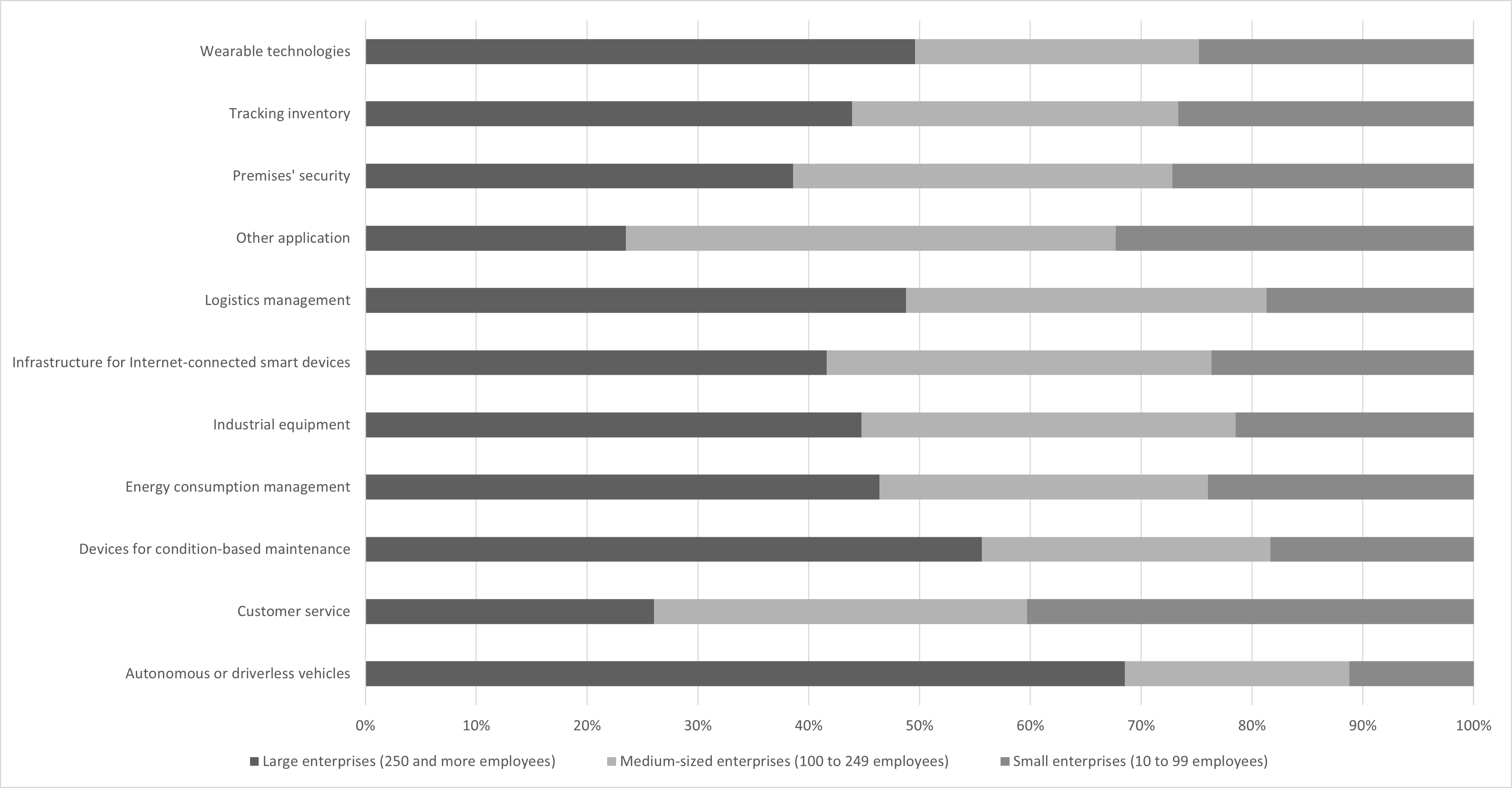During the holidays is when many business leaders have time to decompress and think about the future year ahead. Strategic plans may or will be in place and growth is at the heart of it all. There are two ways forward to attain growth in a service-based business – use systems and market the heck out of your business!
If you are asking yourself, “how can a system help my business grow?” Or cringing at the idea of spending time on marketing efforts… keep reading! I assure you; you can do both even on the smallest of budgets.
First, let’s define what a system is.
Systems are comprised of processes, applications, people, programmatic interactions, and information collection or distribution. Systems are how businesses can scale, provide great customer experiences, and ensure consistency. They also help maximize profit margins and when done right, help boost brand visibility and loyalty following.
Why should you build a system?
- Systems enable you to productize your services, so they are easily understood by prospects and customers. Productizing services is the key to increasing profit margins and improving the lead to customer conversion time. By productizing I mean you should craft messaging that is reusable, create taglines that demonstrate value, brand documents deliver, and standardize service costs by creating marketable ‘packages’ that showcase value. By turning a service into a “product”, you can remove barriers and reduce the time prospects need to evaluate whether they should hire you or not.
- Systems create consistency and reliability which leads to brand loyalty. Customers remain loyal to brands they can trust. Trust is built through consistent and repeated experiences that are delivered on time, every time. By using a system, you can automate most interactions your customers have.
- Systems add Intellectual Property (“IP”) value to your business. A system becomes a tangible asset for your company. It’s filled with data, automated workflows, and insights. It’s a game-changer if at some point you want to sell your business or need to secure capital.
How can you afford to build a system?
- Use no-code and low-code platforms.A no-code application allows you to design and build a system using visual interfaces. Examples include Airtable, Make, Zapier, Power Automate. These cloud-based applications do some powerful stuff on their own. When you start connecting them together to handle automation and data transformations, the opportunities become only limited by your imagination. Most offer a trial period or free plan to get started if you want to try them out before you commit.A low-code platform enables you with more customization features to help craft a system that fits with your business. Low-code platforms include web-based Content Management Systems (“CMS”), Zoho Creator, Amazon Amplify and Salesforce. These quick-to-get started platforms can help you extend the existing powerful capabilities to serve you in line with how you want to run your business.
- Use and re-use code from online sources like GitHub. This is for the more advanced approach to building systems and often, free! GitHub is a great resource for open-source code shared by developers world-wide. You can speed the development of a custom system build by tapping into existing publicly licensed code and putting pieces together like a puzzle. I do caution you to using this approach if you have never done any code-level work.
- Source freelancers to design and develop a system for you. It’s easy to hire talent with resources like Upwork and Fiverr or through your local tech providers. It’s cost effective to hire someone externally vs asking your team to build the system, and they will get it done faster.
- Use generative AI apps to source ideas. Trending apps that provide access to AI generated information, are providing the business world with technological advances that mostly make sense. Simply type into your favorite search bar (like Microsoft Edge) what other companies in your industry use to manage their business and you could save hours on trying to find a best fit approach.


What are risks you might encounter?
- You might build a useless system if you don’t plan it out! Before getting started, I recommend evaluating your current systems or build a prototype that will demonstrate the value needed. You may have already done this if you’re using spreadsheets to handle data like opportunities, leads, sales and account information. How that data is linked and used is considered a prototype of sorts. Make sure the results are measurable and insightful to guide you in your plan development.
- Your business can get hacked if you don’t take precautions! Cyber threats result in losses that most businesses cannot be recovered from – primarily financial. Make sure any system you put in place is accessed by a privileged user and they have the minimum permissions necessary. Trust is implied but access to all should never be freely given just because of an employee’s tenure or position. Enable multi-factor authentication and train your employees on best practices or policies they must adhere to.
- You may lose your business if you don’t have insurance to cover losses! I can’t stress the need to have insurance, enough. Talk to your commercial insurance company about the best type of coverage to minimize the impact of data loss, breach or cyber theft. It’s better to have it than not with the increasing threat of ransomware.
- Don’t let scope, creep! A natural occurrence for the dreamers and big picture people to “do it all”. Keep the purpose of the system simple and build out new features iteratively. In a world full of Agile development, iterative approaches, make the most sense.
- The system does not align to policies or standards! Many industries have established standards to maintain quality. Businesses will also issue policies that their company must comply with. Ensuring a system aligns to both policies and standards, is a must! Otherwise, a business can find themselves in hot water with the customer or worse, the law.
- Poor user experience! A lack of proper design has been the downfall of systems. Your employees won’t use it if it’s a pain in the a$$ and your customers won’t use it if it consistently fails.
How do you use your system to market your business?
- Establish a marketing “bank”. Collect quotes, ideas and customer feedback from your system that can be repurposed into social media posts, case studies and website reviews (helpful for SEO boosting!). By creating a centralized system, you set yourself up for an easier time building marketing assets that can be used and reused.
- Automate publishing of “banked” content to digital channels. The bank when built using smart cloud apps can do so much more. Each idea posted can be incorporated into workflows that help produce templated documents and posts. Furthermore, you can automate the publishing of the content in that bank direct to digital channels or your website to ensure your posts go out on time every time.
- Make sure every experience is a branded on. By including your logo, tagline and messaging on all posts, documents, and assets within your system, you are easily boosting brand awareness with employees, prospects, and customers. Don’t by shy! Brand everything.
- Market the system as a value-add reason why customers choose your business. If a customer knows that each interaction, they have with you is going to be consistent and reliable, you can include access to that system as a value-add proposition in every proposal. This demonstrates you have your sh*t together and can deliver.
If you’re feeling like you can walk into 2024, ready to tackle building a system, remember –
- Building a system can be affordable with a good plan and thought out approach. Systems enable you to go to market faster, serve customers consistently and automate marketing workflows to ensure your brand is being boosted regularly.
- There are risks associated with building any new system, but by being aware of what those risks are and how to best minimize them, ensures you can find success.
- Use your systems to market your business, efficiently and consistently. By boosting brand awareness digitally, you can further your reach for new prospects.
Get in touch with me if you want to explore building a system for your business. I wish you the best for the coming year ahead!
2024 Resolution: To grow your service-based business During the holidays is when many business leaders have time to decompress and think about the future year ahead. Strategic plans may or will be in place and growth is at the heart of it all. There are two ways forward to attain growth in a service-based business… Continue reading Grow your service-based business












